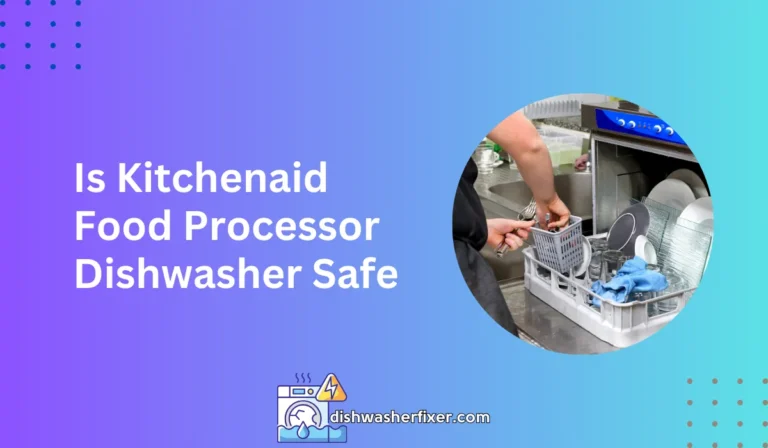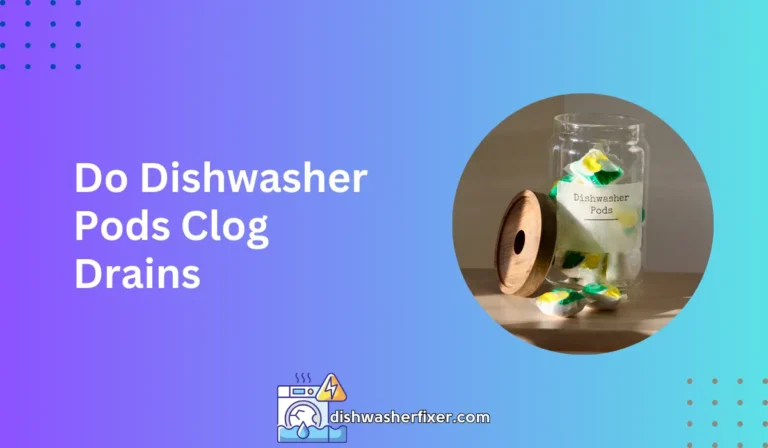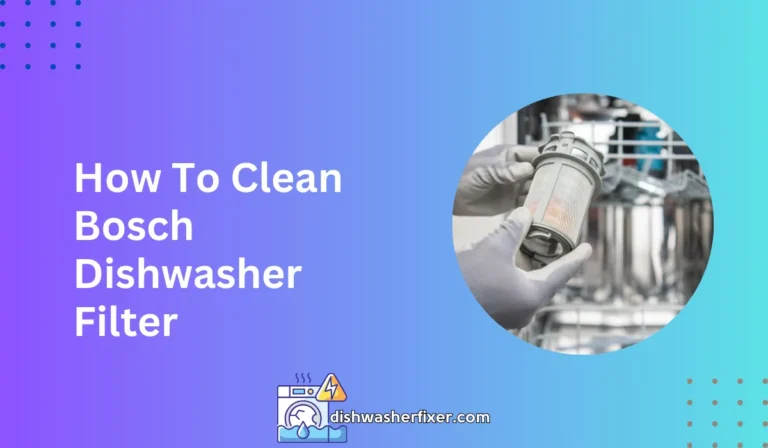Are Avent Bottles Dishwasher Safe? Unveiling the Truth!
Avent bottles are dishwasher safe. You can place them on the top rack to ensure they’re cleaned without damage. Avoid high-temperature settings to preserve bottle integrity. Always check your specific bottle model for manufacturer guidelines.
Understanding Avent Bottles and Dishwasher Safety

Brief Description of Avent Bottles: Materials and Design
Avent bottles are designed with both baby and parent in mind. Made predominantly from polypropylene, a durable and safe plastic, they are known for their high-quality construction and user-friendly design.
These bottles are often BPA-free, ensuring they do not release harmful chemicals when heated or washed.
The wide-neck design makes for easy cleaning by hand or dishwasher, and the anti-colic system embedded within the teat helps reduce the amount of air a baby ingests while feeding, making these bottles both functional and thoughtful in their design.
General Guidelines for Dishwasher Safety and Plastic Materials
When it comes to dishwasher safety, not all plastics are created equal. Generally, plastics labeled with recycle codes 1 (PET), 2 (HDPE), 4 (LDPE), and 5 (PP) are considered dishwasher safe.
These materials can withstand the heat and water pressure without degrading. It’s important to place these items on the top rack of the dishwasher to avoid direct exposure to heating elements which could cause warping or melting.
Official Stance from Avent on Dishwasher Safety of Their Bottles
Avent confirms that their bottles are indeed dishwasher safe. For parents and caregivers, this is a reassuring affirmation of the product’s durability and ease of maintenance.
Avent suggests placing their bottles on the top rack of the dishwasher to prevent any damage during the cleaning cycle.
However, they also advise checking the specific model of your bottle for any particular care instructions, as product designs may vary.
Best Practices for Dishwashing Avent Bottles

Step-by-Step Instructions on How to Place Avent Bottles in the Dishwasher
To clean Avent bottles in the dishwasher effectively, start by disassembling all parts including the teat, cap, and any valves or rings. Rinse each piece under running water to remove any remaining milk or formula.
Place the smaller components in a dishwasher basket to keep them secure. Situate the bottles upside down on the top rack, ensuring that they are spaced out to allow water to circulate inside and out.
Once arranged, run the dishwasher on a gentle cycle using mild detergent.
Tips for Preventing Damage to Bottles During Dishwashing
To keep Avent bottles in top condition, avoid high-temperature settings such as ‘sanitize’ or ‘high-heat dry’ which could warp the plastic. Instead, choose a normal or eco-friendly setting and allow the bottles to air dry after the cycle ends.
Position the bottles away from the heating element and any heavy-duty cookware that could fall and cause damage during the wash cycle.
The Importance of Cleaning and Inspection After Dishwashing
After the dishwasher cycle is complete, it’s crucial to inspect each bottle component. Check for any food particles or residue and ensure that all parts are completely dry to prevent bacteria growth.
Should any residue remain, consider using a bottle brush to clean the areas by hand before sterilizing or using again. Regular inspection also allows you to identify any wear and tear, which could compromise the safety and integrity of the bottle.
Alternatives to Dishwashing for Avent Bottles

Manual Cleaning Methods: Proper Techniques and Tools
For those preferring to wash bottles by hand, use a bottle brush specifically designed for cleaning baby bottles.
Begin by rinsing the bottle in warm water, then fill with soapy water and scrub thoroughly with the brush, ensuring you reach all crevices. Rinse again in warm water and allow the bottle to air dry on a clean drying rack.
The Use of Sterilizers for Avent Bottles
Avent also offers electric steam sterilizers which can be used to clean bottles. This method is fast and efficient, killing 99.9% of germs without the use of chemicals.
It’s an excellent choice for parents who want an extra level of cleanliness, especially for newborns or babies with health concerns.
Pros and Cons of Dishwashing Versus Other Cleaning Methods
Dishwashing is convenient and time-saving, making it an attractive option for busy parents. However, it may not always reach the nooks and crannies of baby bottles as effectively as manual cleaning.
On the other hand, hand washing is more labor-intensive but allows for a more thorough clean, especially when done with the right tools.
Sterilizing provides peace of mind with its high level of germ-killing power, but it’s an additional step beyond washing.
Ultimately, the choice between these methods depends on individual preferences and the specific needs of the baby.
FAQs About Dishwasher Safety of Avent Bottles
Can Avent bottles be safely washed in a dishwasher?
Yes, Avent bottles are dishwasher safe and can be placed on the top rack for cleaning.
Where should I place Avent bottles in the dishwasher?
Avent bottles should be placed on the top rack of the dishwasher to ensure they are cleaned without damage.
What dishwasher settings are recommended for Avent bottles?
Avoid high-temperature settings when washing Avent bottles in the dishwasher to preserve their integrity.
Do I need to check manufacturer guidelines before dishwashing Avent bottles?
Yes, always check your specific Avent bottle model for manufacturer guidelines before dishwashing.
Can dishwashing damage Avent bottles?
Dishwashing Avent bottles on the top rack and avoiding high temperatures can prevent damage, but always consult the manufacturer’s guidelines for your specific bottle model.
Final Thoughts
Avent bottles are indeed dishwasher safe and should be placed on the top rack to avoid damage. It’s important to steer clear of high-temperature settings to maintain the bottles’ integrity.
However, always refer to the guidelines specific to the bottle model provided by the manufacturer for the best care.





